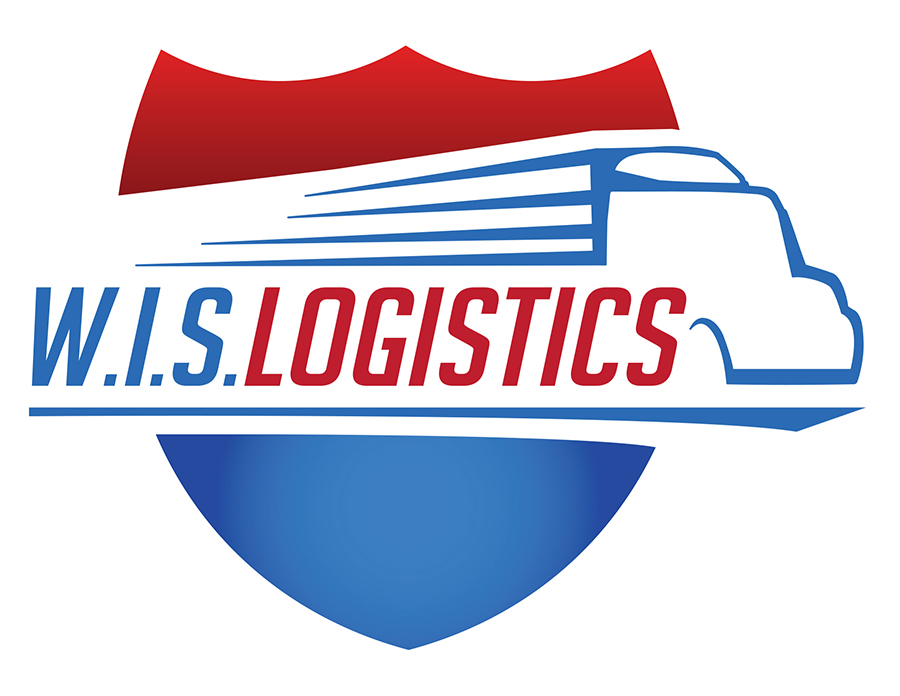For the last 20 years I have heard how carriers want to transition to density based pricing. The classification system is considered “old school” and ineffective in pricing the cost of freight. While there are some downsides to freight class, I would contend that there are negatives to density-based pricing as well. Leaders, like UPS Freight and FED EX have made it clear that this will happen going forward, it doesn’t make it good.
Allow me to first state the obvious; classifications are created by the carriers. This system that they are so eager to get rid of and bad talk is their creation. The National Motor Freight Association, Inc. is a membership organization comprised of carriers. There are no shippers; it is carriers deciding how they want freight priced out. If you want to dispute something, you have to actually go to a board full of carriers and ask its opinion.
In response to their own classification system, carriers then provide certain shippers with a FAK exemption. For example, the NMFA decided that a product would be considered class 100; thus, bringing in a certain amount of cost per pound and providing so much liability if the freight is damaged or lost. The shipper then approaches carriers and asks that they not be charged 100, but class 60.
This leads me to believe that carriers will fight for a density based pricing system, and then give some shippers exemption from it. Because there are many sizes of shippers and types of freight, there will always be a way around the standard.
Second, the industry needs to consider the effect on the shippers. Some shippers won’t know the difference. If you ship plastic or foam today, you are used to spending your days weighing and dimming all of your freight before it leaves the dock. However, if you ship nuts and bolts, and you ship a lot of nuts and bolts your procedures and staff are not set up to handle dimming every piece of freight on your dock that will ship common carrier. Think of all those businesses that fill trailer loads of products on dropped trailers daily. The expense and time to dim every single piece will be daunting and expensive. That expense will trickle down to the end user (consumers).
Every inch matters when dimming out freight to come to a cost. More than once I have had a customer who measured an item and it differed from the carrier one inch, which made the class change which added cost to the shipment. In this new system, how much will one inch matter and will logistics managers and carriers be spending hours going back and forth over every inspection?
Some carriers tend to like their cake and eat it too. It is extremely common for carriers to reweigh density-based freight, but when it weighs more they do not lower the class. A concern is that when a carrier implements a density- based pricing they will reweigh it, but not recalculate the entire pounds per cubic feet.
In addition to shippers being burdened with extra cost in freight charges, labor, and time, carriers will also have extra expense. Those class 55 and class 60 skids of nuts and bolts that have transported over their dock for years will also need to be dimmed out. There is one carrier who has implemented technology to do this quicker. It’s virtually hands fee; but the technology isn’t cheap and it’s not in every terminal.
The best argument for density based pricing is that many transportation modes already use it! Air freight, ocean freight, parcel, are all modes that have use density based pricing for decades. The problem is that LTL is a different animal both culturally and operationally.
Is the LTL system convoluted? A system that sets a rate base and a classification system, and in turn gives a discount from that rate base and exemptions from the classification, so yes, absolutely! But, I am not convinced density-based pricing is the answer.
